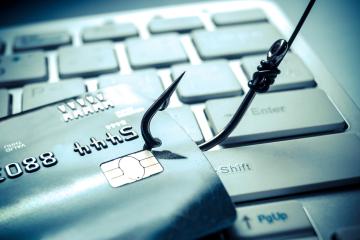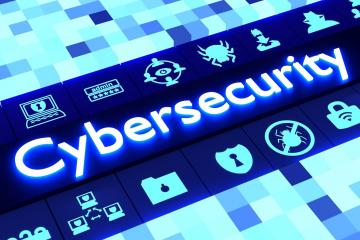Phishing is a common cyberattack that uses fraudulent communications to trick users into providing sensitive information or installing malware.
It is an extremely prevalent threat that individuals and organizations must understand in order to implement proper security practices and safeguard systems.
Key Concepts:
Definition:
Phishing is a cybercrime in which perpetrators masquerade as trustworthy entities via digital communications to lure victims into providing sensitive data like login credentials or financial information. It often exploits human vulnerabilities rather than software bugs.
Purpose:
Attackers use phishing schemes to directly access critical systems and data for malicious purposes like identity theft or ransomware deployment. These attacks rely on manipulating unaware victims.
Relevance:
Phishing poses one of the most widespread cybersecurity challenges today due to the ubiquity of digital communications channels like email. Even well-aware internet users can be deceived by increasingly sophisticated phishing attempts.
Components/Types:
- Spear phishing targets specific individuals or organizations using personalized content to improve odds of deceiving victims.
- Whaling phishing aims high-profile business executives to access sensitive corporate accounts and data.
- SMS/text phishing uses cell phone messages to distribute phony links gaining access or info.
- Vishing utilizes phones/VoIP instead of digital messages to perpetrate phishing scams via voice communications.
Examples:
- Ubiquitous examples include fraudulent emails pretending to be from banks requesting users to visit fake sites prompting them to enter account credentials. Attackers then access and steal funds from compromised accounts.
- Business email compromise scams impersonate high-ranking execs within companies requesting funds transfers to outside third-party accounts. Employees are fooled into wiring money to criminals.
Importance in Cybersecurity:
- Security Risks: Phishing poses huge enterprise risks due to comprised employee credentials granting access to internal networks/data. It also enables malware installation and ransomware attacks. On a personal level, it facilitates identity/financial theft.
- Mitigation Strategies: User security awareness training, advanced email filtering solutions, multi-factor authentication policies, email authentication standards enforcement, and monitoring of anomalous third-party payment requests all help defend against phishing threats.
Best Practices:
- Employ email security solutions with filtering capabilities to reduce phishing susceptibility.
- Institute cybersecurity training ensuring employees can identify fraudulent links/attachments.
- Enable multi-factor authentication across all critical platforms to protect compromised credentials.
- Establish incident response plans addressing containment and recovery from phishing incidents.
Related Terms:
- Social Engineering: Phishing is a specific type of social engineering attack manipulating users rather than attacking technical vulnerabilities.
- Spear Phishing: Phishing attempt targeting specific organizations or individuals, appearing even more authentic.
- Ransomware: Malicious software often installed via phishing attacks to encrypt system files for ransom.
- Business Email Compromise (BEC): Type of spear phishing attack targeting businesses by impersonating senior executives.
Further Reading:
- Phishing - Carnegie Mellon University Software Engineering Institute
- Anti-Phishing Working Group Resources
- NSA Cybersecurity Advisories on Phishing Scams
Phishing represents one of the most dangerous and pervasive cyberthreats facing online entities today as attackers continue advancing decoy messages. By recognizing common traits of attacks and instituting safe browsing habits alongside robust technical defenses, users can substantially decrease their exposure to phishing risks in both personal and professional digital activities. Ongoing education represents the first line of defense.





